Popmart - a typical success of the "cute economy "
“Cute” is probably the first word that comes to mind when people look at Labubu - a monster from the Monsters series of the trendy toy retailer Popmart. However, it is not just cuteness, in the auction in June, the blue Labubu statue, 1.3 m high, was sold for more than 150,000 USD, equivalent to 4 billion VND. This record toy auction not only shows success in terms of numbers but also positions Labubu as a valuable art asset and a non-traditional investment tool.
Although these products are toys, they are mainly aimed at adults - those who are attracted by cuteness, want to find the world of childhood and comfort in their souls. Labubu and many other products of Popmart have contributed to creating an economy called: cute economy.
Labubu’s popularity has pushed the stock price of its parent company, the trendy toy retailer Popmart, up more than 180% this year. Popmart’s market value now stands at $46 billion, making it the world’s third most valuable intellectual property company, behind Walt Disney and Nintendo. Popmart’s success is due to a clever combination of creating exclusive intellectual property, creating scarcity, leveraging social media and introducing a bit of luck—blind picking—into product shopping. More recently, luxury fashion brands have also tapped into the power of cuteness to win over a new generation of customers.
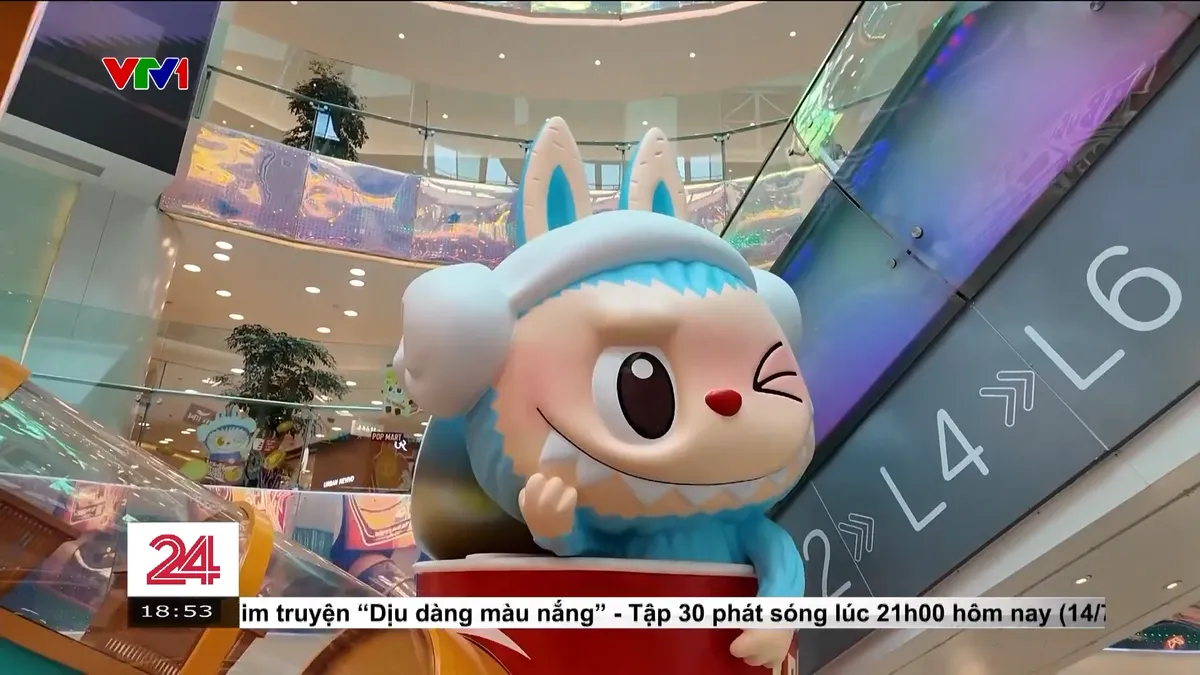
Labubu and many other Popmart products have contributed to creating an economy called: cute economy.
Chinese toy companies race after Labubu fever
The success of toy retailer Popmart has made it impossible for other Chinese toy companies to stand still. The race is hotter than ever, with a series of new toy products being launched and media being boosted, taking advantage of the heat of the booming cute economy.
Independent artist Runyu first drew his art toy character Akidoo, whom he describes as a shy, introverted boy, in a makeshift apartment. Originally planning to move to Thailand, Runyu returned to China to be closer to his country’s robust art toy supply chain. The 24-year-old believes the Labubu magic can be repeated and hopes Akidoo will be next.
“I created Akidoo while studying in Singapore and planned to move to Thailand to continue developing the product. But I decided to come home because designing and manufacturing in China is very convenient,” said toy designer Runyu.
Artistic toy company Siguworks, whose best-selling intellectual property is AngryAimee – a character with a sulky face and cat-ear-like hair – also set Labubu as a target to strive for and surpass.
“Our goal is that, at least on the intellectual property level, we can surpass Popmart. Although our scale is not as big as theirs, I think we can really compete at the same level in terms of creativity and quality of our products,” said Zhou Junyu, co-founder of Siguworks.
In July, Siguworks launched a partnership with Alibaba-owned food delivery giant Ele.me and popular milk tea brand Molly Tea. Experts say China’s combination of supply chain dominance, speed to market, and data-driven platforms gives it a strong advantage in creating the next global toy craze. But not everyone is cheering for the race.
Ms. Agan - Toy designer commented: "Most of the so-called art toys on the market today are actually just toy models. For me, a real intellectual property toy product needs to have content or core. It must have something to express. It must have a deliberate visual style, uniqueness and meticulous design."
Will the world’s next toy art emerge from a cramped studio or a luxurious design studio? Only time will tell which shy doll or cuddly monster will capture the hearts and wallets of consumers around the world.
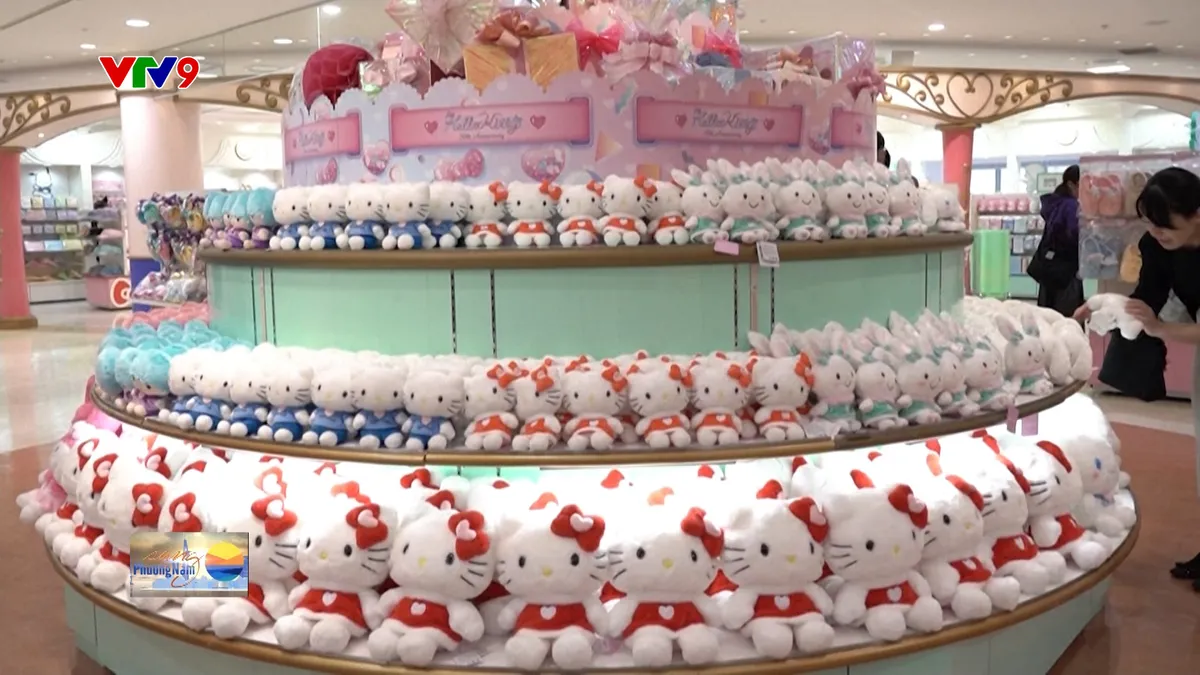
Sanrio, the Japanese company that owns Hello Kitty, earns nearly $4 billion in revenue from Hello Kitty each year.
The sustainability of the "cute economy" through the Hello Kitty icon
It is not entirely true that the cute economy is just a temporary economy. There is an icon that, although more than 50 years old, still retains its heat and economic power, bringing in an estimated total revenue of up to 80 billion USD for the company that owns it: Hello Kitty.
Hello Kitty, who wears a distinctive red bow and enjoys traveling, reading, and baking, celebrated her 50th birthday last year. Since the 1970s, Hello Kitty has remained a global phenomenon, loved by adults, children, and celebrities alike. She has appeared on products ranging from clothing to stationery and makeup, as well as in animated series, comics, video games, and books. She is ranked as the world's second-highest-grossing media brand after Pokémon. According to the Economist, Sanrio, the Japanese company that owns Hello Kitty, earns nearly $4 billion in revenue from Hello Kitty each year. The character is estimated to have earned its creator $80 billion in the past 50 years.
Ms. Yuko Akiyama - Director of Global Brand Management, Sanrio confided: "Every year, 50,000 Hello Kitty products are produced worldwide, sold in 130 countries. It can be said that Hello Kitty is famous in every corner of the world."
In the decades since her creation, Hello Kitty has become an ambassador for the United Nations Children's Fund (UNICEF), a special envoy for the Japanese Ministry of Foreign Affairs, and the face of theme cafes, restaurants, and amusement parks around the globe.
Source: https://vtv.vn/su-bung-no-kinh-te-de-thuong-100251029115256048.htm


![[Photo] Hue: Inside the kitchen that donates thousands of meals a day to people in flooded areas](https://vphoto.vietnam.vn/thumb/1200x675/vietnam/resource/IMAGE/2025/10/29/1761738508516_bepcomhue-jpg.webp)
![[Photo] Human love in the flood in Hue](https://vphoto.vietnam.vn/thumb/1200x675/vietnam/resource/IMAGE/2025/10/29/1761740905727_4125427122470875256-2-jpg.webp)
![[Photo] Prime Minister Pham Minh Chinh chaired a meeting to discuss solutions to overcome the consequences of floods in the central provinces.](https://vphoto.vietnam.vn/thumb/1200x675/vietnam/resource/IMAGE/2025/10/29/1761716305524_dsc-7735-jpg.webp)


![[Photo] Prime Minister Pham Minh Chinh chaired a meeting to evaluate the operation of the two-level local government model.](https://vphoto.vietnam.vn/thumb/1200x675/vietnam/resource/IMAGE/2025/10/29/1761751710674_dsc-7999-jpg.webp)


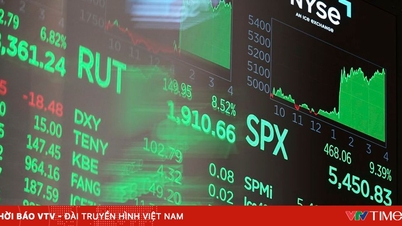
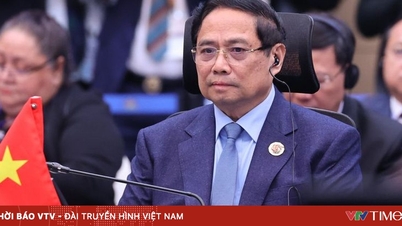
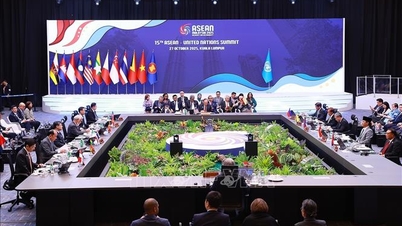

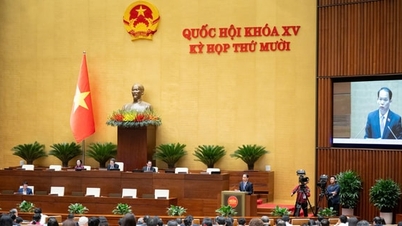

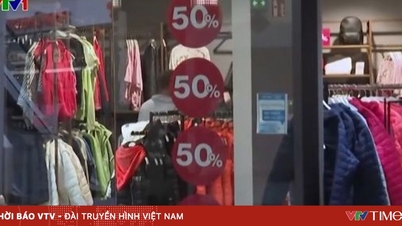
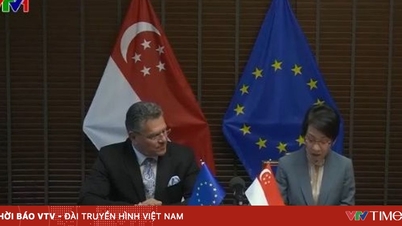
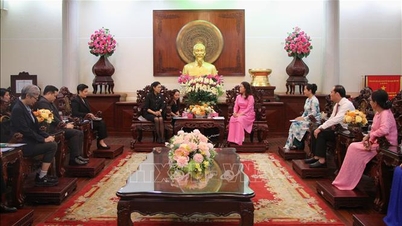
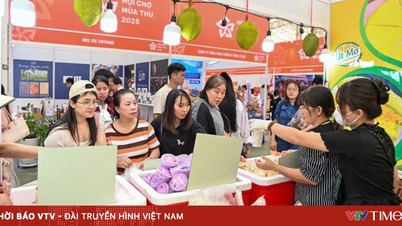
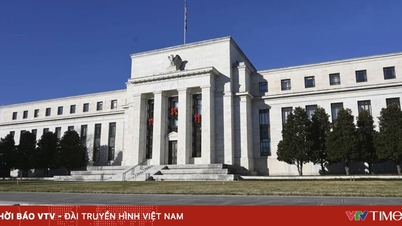
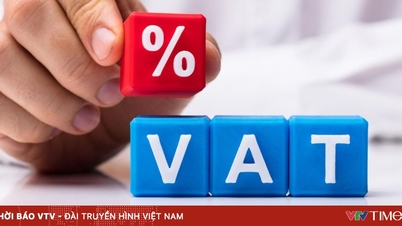
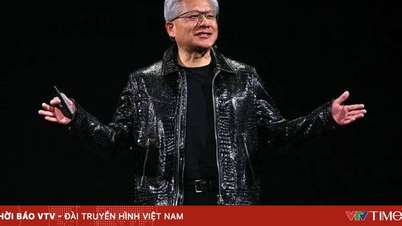






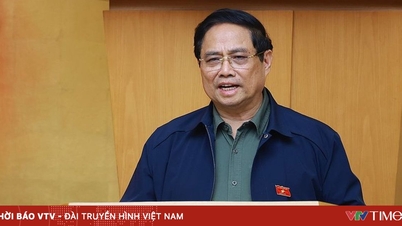
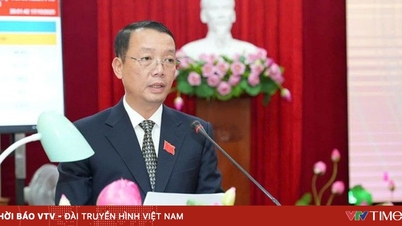
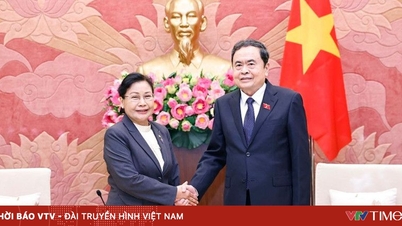
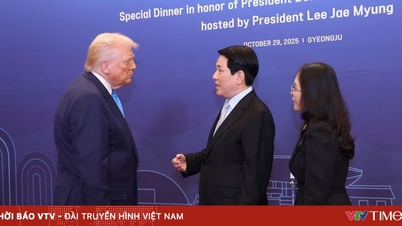




































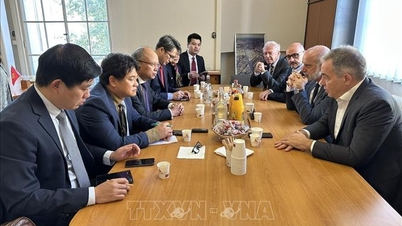
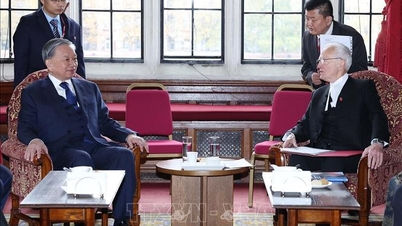
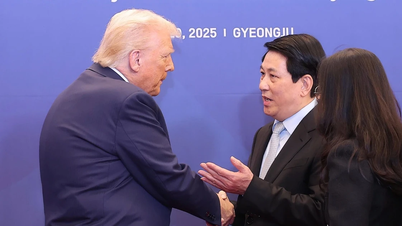

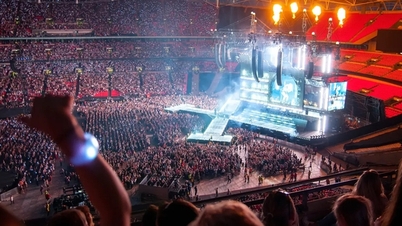

![[Live] Concert Ha Long 2025: "Heritage Spirit - Brightening the Future"](https://vphoto.vietnam.vn/thumb/402x226/vietnam/resource/IMAGE/2025/10/29/1761743605124_g-anh-sang-am-thanh-hoanh-trang-cua-chuong-trinh-mang-den-trai-nghiem-dang-nho-cho-du-khach-22450328-17617424836781829598445-93-0-733-1024-crop-1761742492749383512980.jpeg)
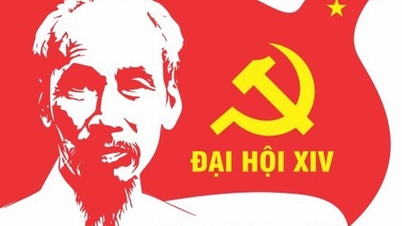
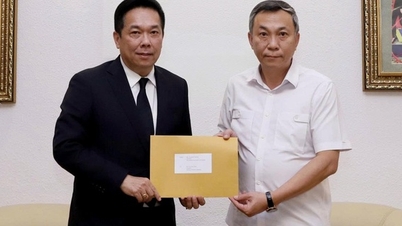


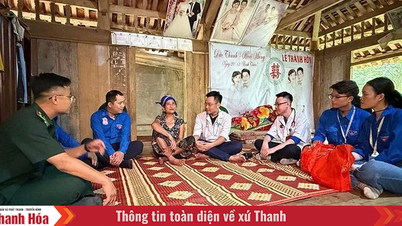







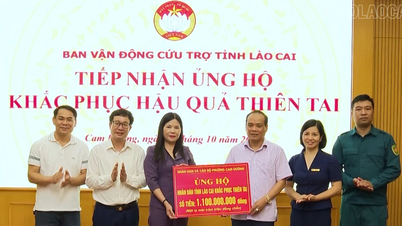













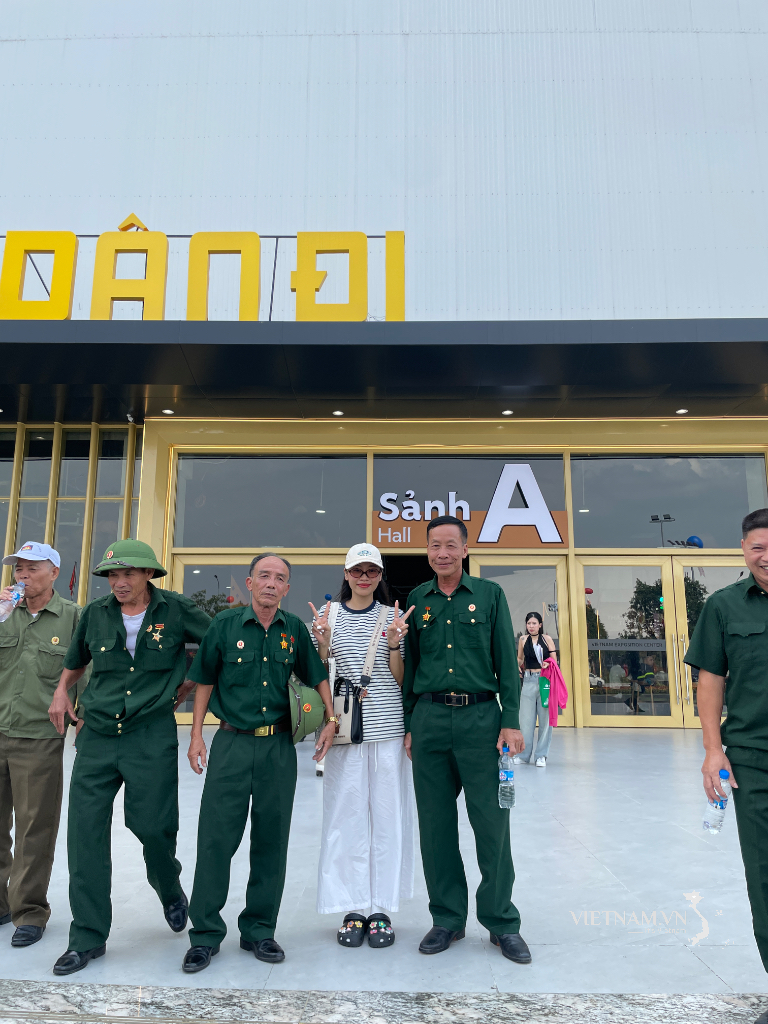


Comment (0)